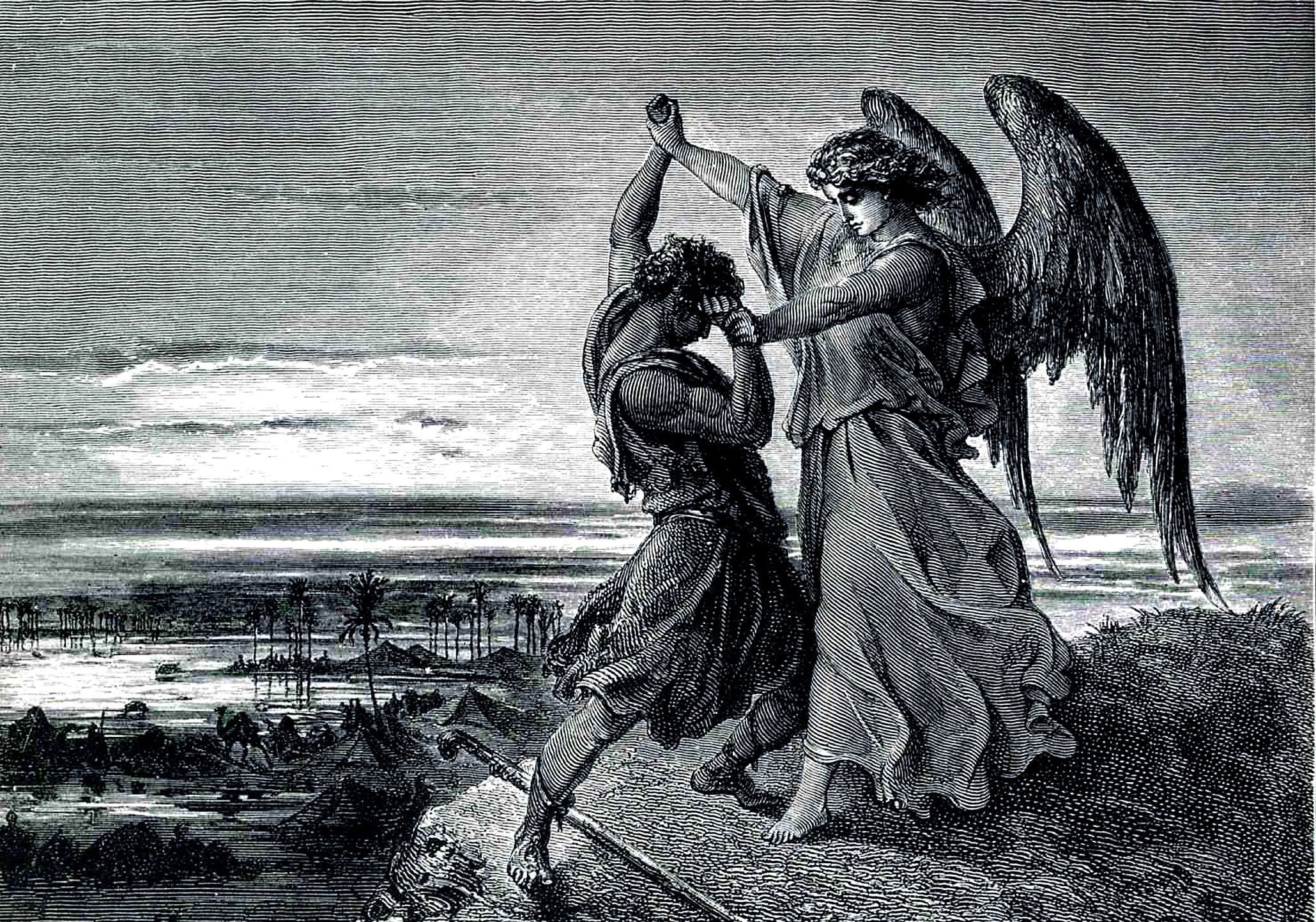Tag: Dungeons and Dragons
The Many Settings of Dungeons and Dragons part 2
- Jeremiah McCoy
- December 9, 2018
The Many Settings of Dungeons and Dragons part 1
- Jeremiah McCoy
- November 28, 2018
The Basics of the Game on running a game for newbies
- Jeremiah McCoy
- August 27, 2018
1 min read
The Way of the Grasping Hand: a Midgard “monastic” Tradition
- Jeremiah McCoy
- June 23, 2018






